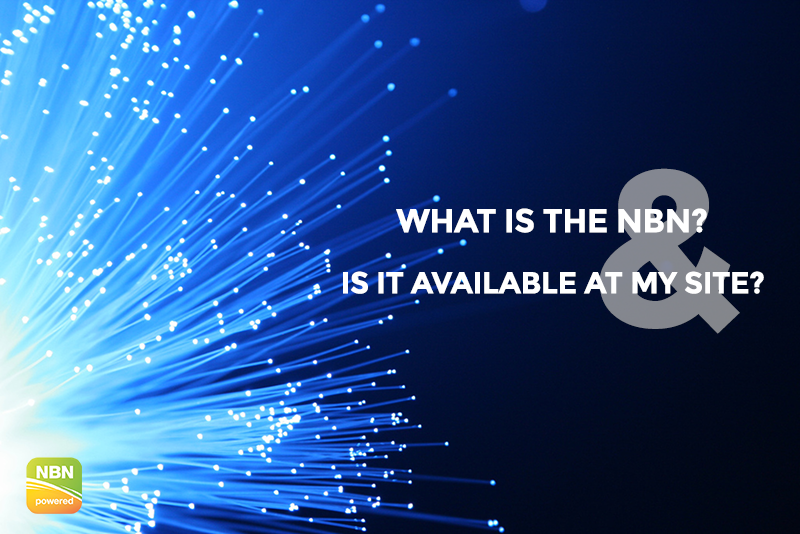The NBN – or National Broadband Network – is a national wholesale-only, open-access data network. The Australian government’s communications website states that it will, “give all Australians access to very fast broadband over fixed lines, wireless or via satellite.”
The site says there will be various ways that the NBN will be delivered. The current plan is to deliver fixed fibre lines to around 93% of the Australian population. The remaining 7% will be delivered via fixed wireless and satellite technologies.
After a few false starts and some delays with funding, the rollout has managed to start to make an impact on how we are now getting our internet connections delivered. Those lucky few that had the rollout start with their areas can get access with download speeds of 100Mbit/s – four times faster than the best effort ADSL2+ service can deliver.
For those that have been waiting for the NBN to be connected, there will usually be a few different methods of delivery – Fibre-to-the-Node (FTTN or, for those who are specifically techy, VDSL2) and, for those living in apartment blocks, Fibre-to-the-Basement (FTTB or VDSL2 technology). The original rollout was going to be a direct Fibre-to-the-Premises installation, but this has been a fairly contentious process. There are plenty of articles online if you want to read about the politics, but what we’ll be talking about here is just going to be the what and the how-can-I-get-it of the NBN.
Here’s a little more information on the two different types that will be available under this government:
- Fibre-to-the-Node (FTTN or VDSL2) – Fibre-to-the-Node will have a cabinet placed at the end of each street where the fibre will terminate. The service will then use existing copper connections to the premises to deliver connectivity. VDSL2 (Very-high-bit-rate digital subscriber line 2) is similar to ADSL but is capable of getting speeds up to 100Mb/40Mb depending on cable quality and distance from the node.
- Fibre-to-the-Basement (FTTB) – Fibre-to-the-Basement is similar to FTTN in that it will deliver a node to the basement of an apartment or office building and then deliver VDSL2 services via existing copper cabling in the building.
NBN data services at this time are considered “Traffic Class 4,” which, similar to ADSL, is a “best effort” service and is not a guaranteed speed service. It is mostly for residential customers at this stage. However, the NBNCo will be rolling out symmetrical services for businesses and introducing two additional traffic class tiers for higher traffic priority to give businesses the service they require for critical applications.
Customers will have two services with the new NBN—voice and data. Customers will receive an NBN NTD (Network Terminating Device) with all installations to function with the service. Voice services will be delivered via some of the ports on the NTD, while data will be provided by some of the others.
If you’re interested in getting the NBN, the best way to find out if it’s available is through the NBNCo’s website. If the NBN is not yet in your area, the site will be able to give you an estimate of when it will be and what kind of delivery will be available, or simply visit our Broadband Exchange page to find out what speed you can get at your current or prospective new office.



